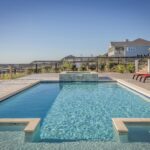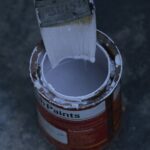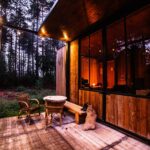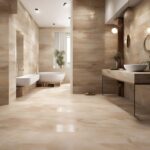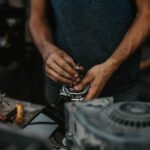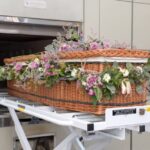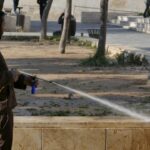Solar energy use rises for Australian homes and businesses that want lower energy bills and better green choices. The country gets much sun, the weather is good, and more people now care about emissions, so solar panels keep growing fast across regions. Owners, though, face bird problems since local birds such as pigeons like to nest under the warm, raised panels. At first, nests may just look untidy, but slowly they cut how well the system works and can raise your cleaning spend over months. The best way to stop these issues is to use bird-proofing that never risks your solar panel’s working power or its warranty. Bird proofing mesh is popular and works without messing up the frame or system since it keeps birds out but does not touch or change any panel part. This guide sets out proven ways to keep birds off your panels using safe, earth-friendly options for Australia’s setting.

Why Birds Go Under Solar Panels?
A solar panel’s base is high, shaded, and dry, perfect for birds to nest and hide. Pigeons and miners turn up often, mostly due to Australia’s local bird mix. Once a family nests, the birds act tough and may not leave even if you try, since they get territorial over roof space. Their droppings are acid-rich, staying on the glass to cut sun reach or even burning cells if not cleaned. These nests can also hold back air, make the panels hot, and even spark fires if dirt and leaves pile up. Noise and dirt also start to show up, since birds leave feathers, old grass, and droppings all through roof gutters or near outside doors. Blocked drains and bad smells can build quickly. To beat these risks, keep birds from getting under your solar panels first instead of trying to fix things later.
Use Non-Invasive Bird Control That Keeps Panels Whole
Fixing bird issues must be gentle, so don’t harm the cell glass or rack or use things that ruin your warranty. This is why planters avoid sharp pins, glue, or metal spikes that press down or dig into the panels. Bird proofing mesh seals the edge but uses simple lines or UV-safe wraps that never need glue or holes. These mesh strips, made of wire or hard plastic, block entry round each panel without weight or sharp things that would stress the system. Installers fix this mesh with easy latches or clamps, so the mesh wraps the outside tight with good airflow and lets water pass. It’s important to line the mesh and frame as one, with zero gaps for birds to force in. To get solid results and keep your install guarantee, call a team that does solar bird care every week.
Check and Maintain for Long-Lasting Results
Protective mesh is great, but after you fit it, the job isn’t finished. Solar panels must get checked, dust and dirt cut your output, and mesh needs to keep closed as well. Out where birds are common, checks need to be standard. Put each inspection with your panel clean and electric test, so nothing blocks your shoe or wire. Look after storms blow or when nesting time hits, watching for new droppings, stray feathers, or bits of grass near the mesh line. Any loose or cut mesh must get fixed right away. Staying ahead means bird-proofing efforts keep doing the work and no minor hole becomes a big fix for you.

Think About Local Birds and Rules
Bird types change from one state to the next. Gulls bring problems to beach towns, while in cities, you see more pigeons and sparrows, and bush spots get visits from cockatoos or magpies. Knowing which birds live close means you know when to get stronger mesh or change plans. Hard mesh stops bigger or smarter birds in wild or outer zones. Also, Australia’s animal laws say certain birds must be left alone, some nests may be fully protected. Mesh offers a way around breaking rules since it blocks birds gently without shock, traps, or harm. For found nests under panels, only let a licensed handler do the moving because some birds and eggs are only legal to move out of nesting time.


